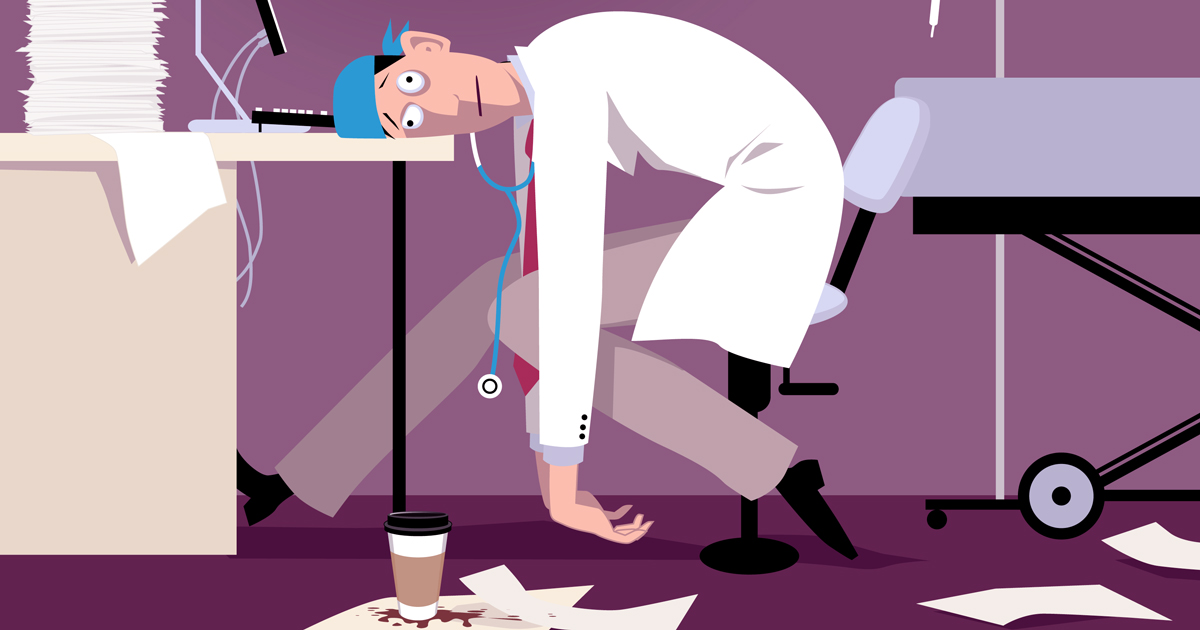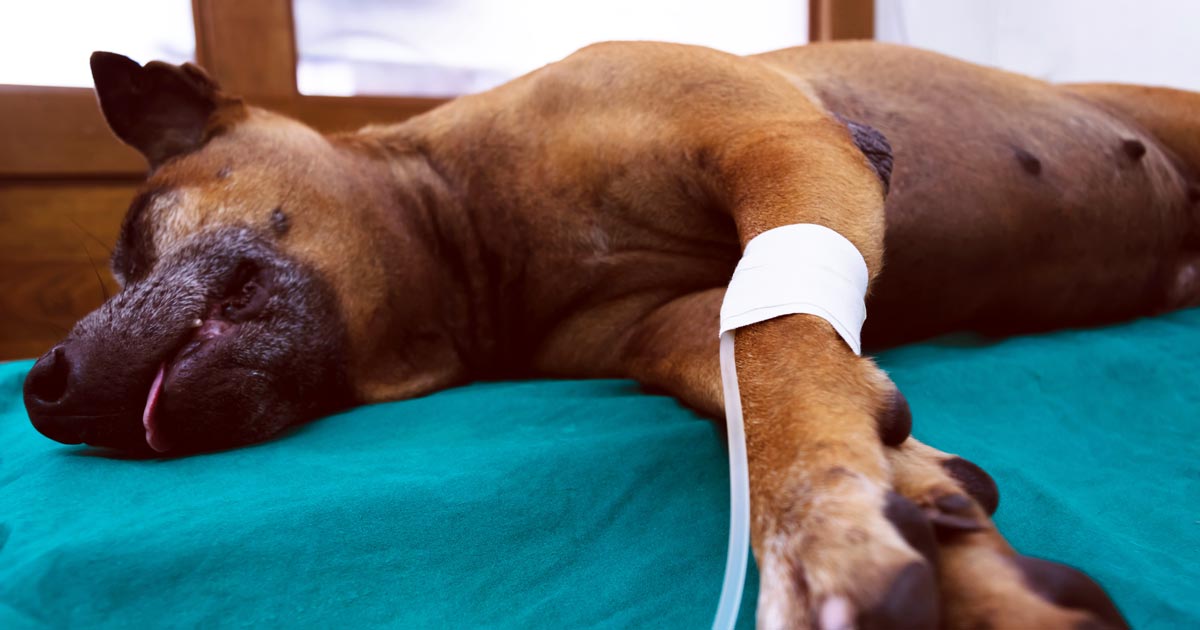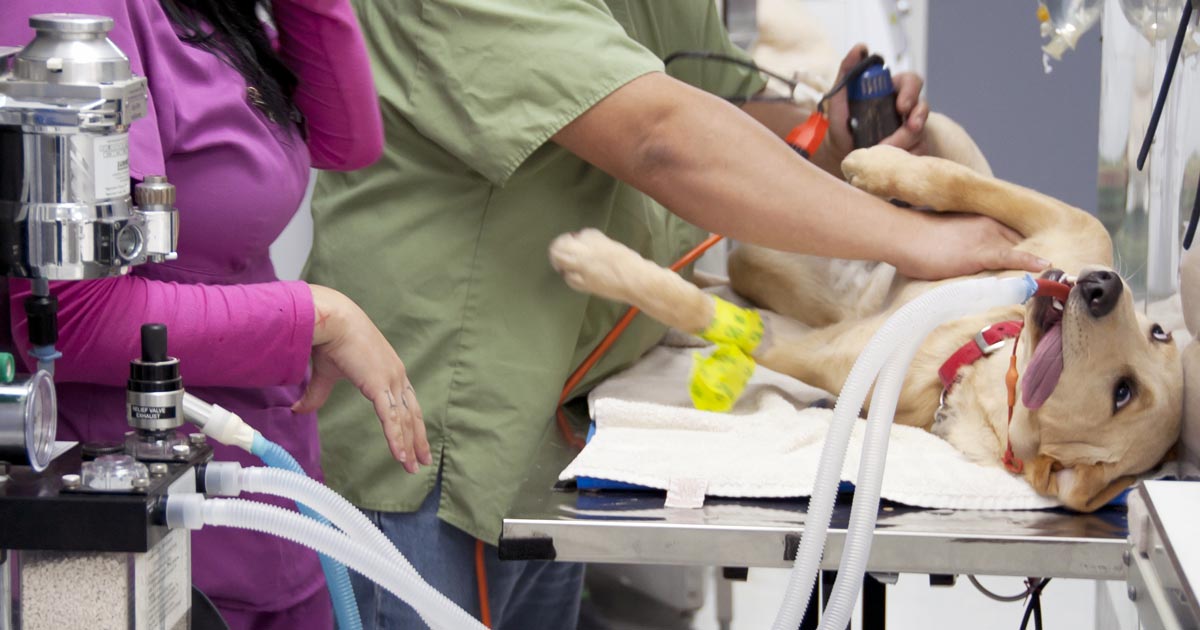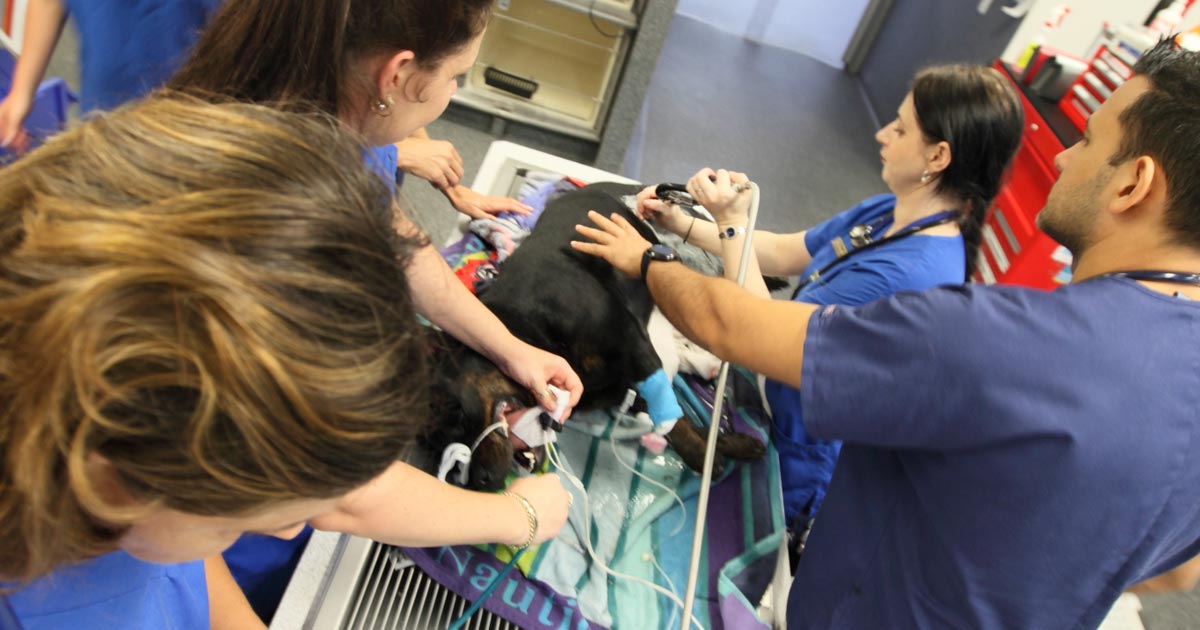Being mentored by the right person can be a life-changing experience. The right mentor can help you fast track your growth and career success.
The previous three articles in this series have looked at whether you are truly prepared to be a mentee, what you are after, and how to approach a mentor and ask him or her.
This final part covers the requirements for making a mentoring relationship successful.
The relationship
Don’t cross the boundaries
Yes, standard mentoring boundaries exist that should not be crossed. These include:
- becoming intimately involved with your mentor. No further explanation needed here.
- becoming emotionally dependent on your mentor. You need to have your own social network and support structure for times of need and crisis – not just your mentor.
- asking your mentor for financial assistance. He or she is offering you advice and guidance; he or she is not there to be your financial backer. This is possibly the quickest way of making your mentor run a mile.
- sharing confidential information with others. Your mentor will be sharing confidential information and life experience with you – you should respect that, and not go and share with others.
- asking too much of your mentor. Respect his or her time; don’t ask him or her questions every day, unless he or she has offered that.
Once you cross these boundaries, you start sliding down a slippery slope – you risk losing someone who can fast track your growth. You lose credibility and your mentor’s trust.
Be a professional at all times.
Invest in the relationship
Don’t expect the mentor to drive the relationship. Remember – you asked for it, so you must maintain it.
- Be a coachable mentee. You asked for feedback, so take the feedback – even if it may be tough to hear.
- Maintain the connection through updates. Give your mentor updates on your progress, but don’t expect a reply each time.
- Offer your mentor some value in return. For example, send him or her an interesting article.
- Acknowledge your mentor for his or her contributions to your success. Mentors like to know they are making a difference.
When it’s not working
Ultimately, this relationship is designed to help you. If it’s not resulting in the changes you are seeking, take steps to address this rather than just carrying on.
Acknowledge your mentor, and be grateful for his or her investment in you and the experience you gained – because, ultimately, you learned more than you realise from the relationship.
Conclusion
Finding the right mentor can be a life-changing experience, but remember – it is dependent on you being fully prepared to invest in the process.
To take action and maintain the relationship, you must know what you want then select the right mentor to help get you there.











